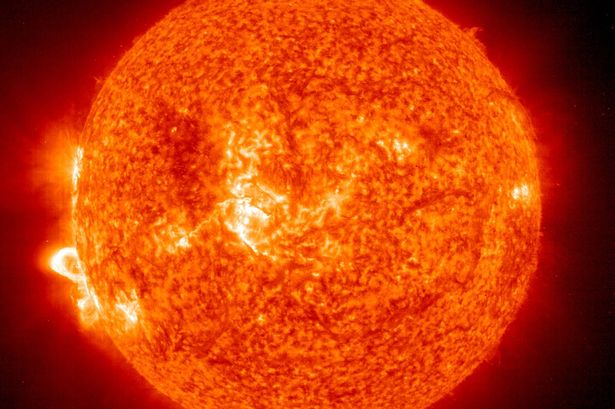Exploring Solar Flares: NASA’s Findings and Implications

The Importance of Studying Solar Flares
Solar flares are powerful bursts of radiation from the sun that can have significant impacts on Earth’s magnetosphere, affecting communication systems, navigation satellites, and even power grids. Understanding these phenomena is crucial not just for scientists but also for industries that depend on technology reliant on satellite communications and the electric grid. NASA has recently published findings that shed light on the complexities of solar flares and their implications for Earth.
Recent Solar Activity and NASA’s Research
In October 2023, the sun has exhibited several active regions leading to significant solar events. NASA’s Solar Dynamics Observatory (SDO) has been closely monitoring solar flares, revealing that increased solar activity could correlate with the current solar cycle, which has entered a period of heightened activity known as Solar Cycle 25.
The most notable of these events was a series of X-class flares, which are the strongest type of solar flares. NASA scientists reported that these flares were accompanied by coronal mass ejections (CMEs), which are massive bursts of solar wind and magnetic fields rising above the solar atmosphere. The impact of these CMEs can disrupt satellite operations and even result in beautiful auroras near the polar regions.
Potential Impacts on Earth and Technology
According to NASA, the recent solar flares have the potential to create disturbances in GPS signals and amateur radio communications. Moreover, there’s a risk of increased radiation exposure for astronauts aboard the International Space Station (ISS). NASA has emphasized the need for continued monitoring and research to develop more robust protective measures against solar radiation for both technology and human health.
The Future of Solar Research and Protection
Looking ahead, NASA is planning to enhance its solar monitoring programs, including more advanced satellite systems capable of providing real-time data. Scientists hope that understanding solar flares better will lead to effective warning systems that can alert industries and agencies to prepare for solar-related disruptions.
Conclusion
The study of solar flares is not merely an academic exercise; it has real-world implications for technology and human safety. As solar activity increases, NASA’s role in monitoring and understanding these events becomes increasingly vital. With advancements in technology and research, we be better prepared to mitigate the risks posed by solar flares and harness their beauty and power for the benefit of society.








